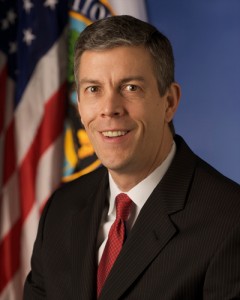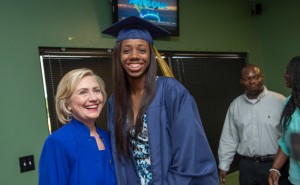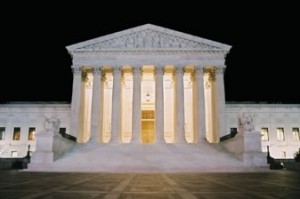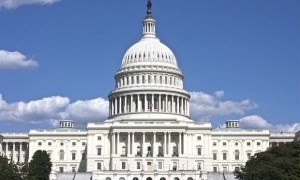The Washington Post asked me to write a commentary in response to yesterday’s Supreme Court decision in the case of Fisher v. University of Texas, in which the court upheld the university’s use of race-based affirmative action. This was a historic decision for the Supreme Court, and an important one for higher education institutions across the country. As someone who has done research over the last two decades on college access and success for underrepresented students, I was extremely pleased to see the court affirm the importance of allowing colleges and universities to use the tools they need to create a diverse class of students.






 Last summer, I wrote a
Last summer, I wrote a  This week I had the opportunity to testify at a hearing of the U.S. Senate
This week I had the opportunity to testify at a hearing of the U.S. Senate